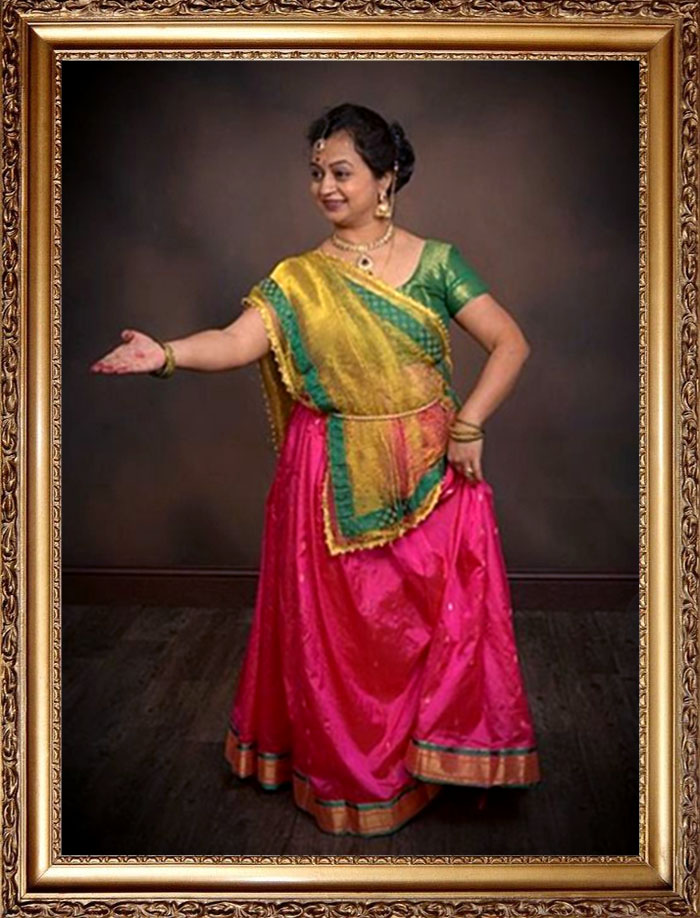
The recitation of syllables in the first division are as follows -ġ.

Hence, when one recites the syllables of this time cycle, use the left hand as the base and clap by using the right hand on the left. There are three “taali” (claps), and one “khaali” (no sound). Teen Taal - a time cycle of 16 beats, with 4 divisions. There are many forms of presenting Taali and Khaali, however the simplest and most useful way of doing so, can be described through the following example:

At the same time, the dancers themselves gain command over rhythm.Įach time cycle has many divisions, some of “Taali”, some of “Khaali”. This is because Padhant has a profound effect on the audience. Students of Kathak should practice good Padhant separately, apart from their training period. Padhant is an ancient and important part of performing arts, where the audience and the Kathak artist understand and enjoy equally. On the other hand, after Padhant, the dancer and their accompanying instrumentalists are also well-versed with the bandish.

This way they can appreciate the bandish in its entirety.Ĭlick To Know More KathakClub Fees Charges The audience listens to the syllables before the performance, which creates a framework in their brains. In Kathak dance, when the choreographer performs his solo dance, then the song which is going to be performed first has to be recited to the tune so that the audience knows that the piece is correct on the basis of the rhythmic time cycle (Taal).Īlong with this, there is another benefit. Padhant is the process of reciting syllables bound by a rhythmic time cycle.


 0 kommentar(er)
0 kommentar(er)
